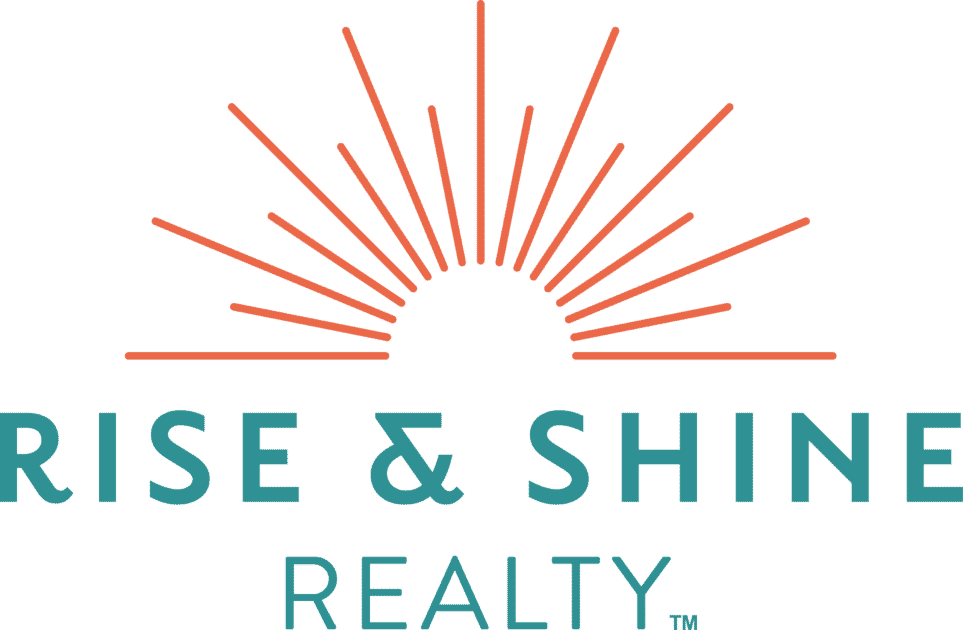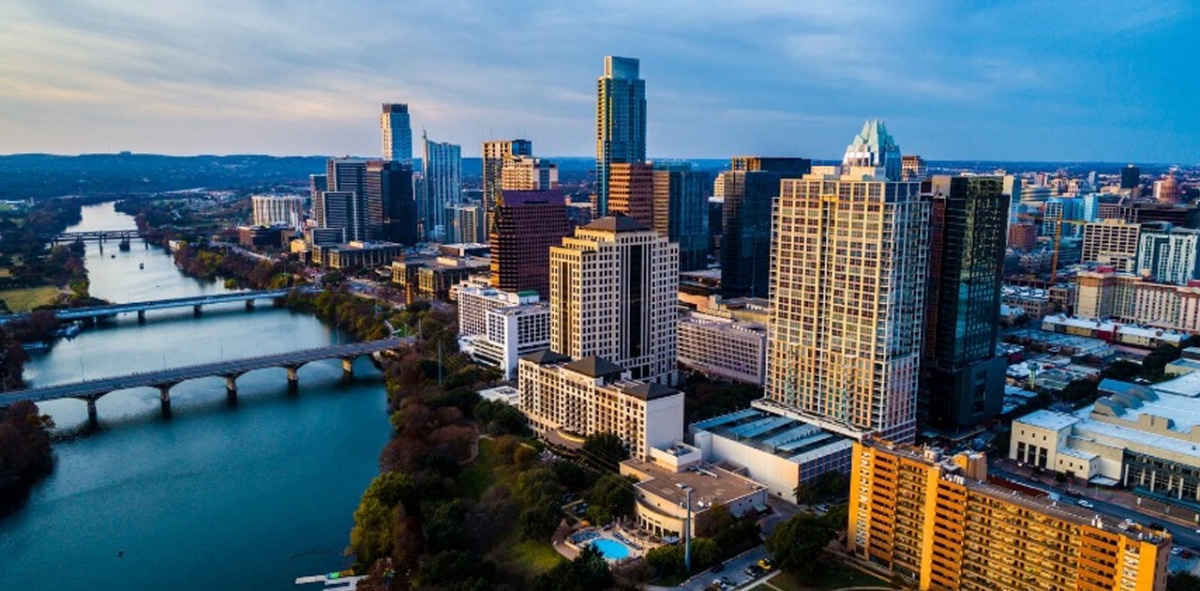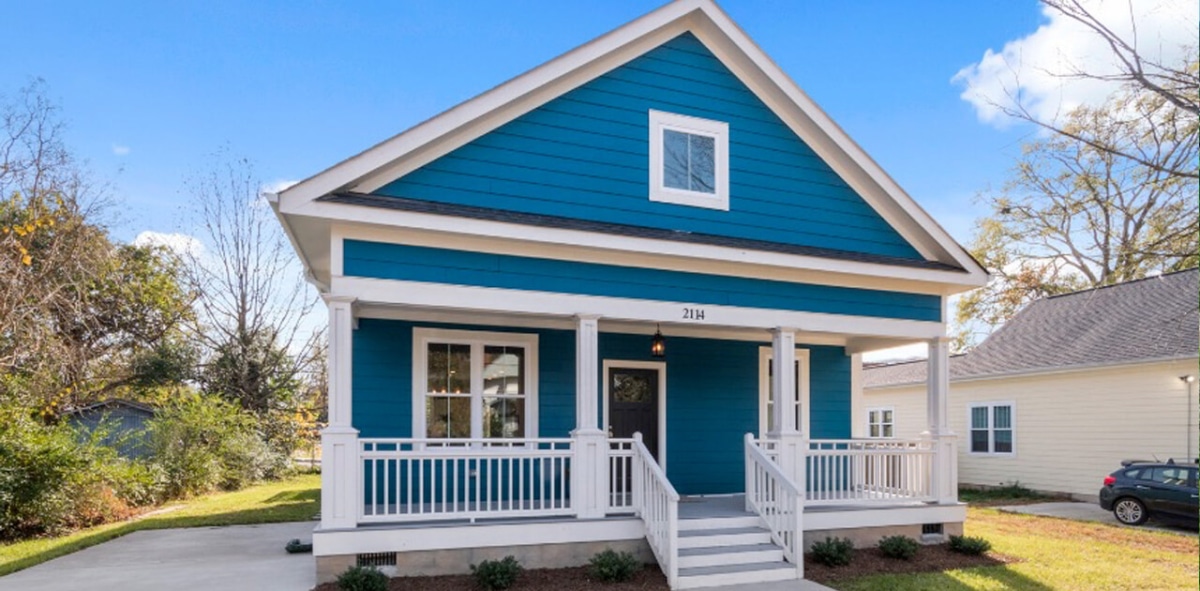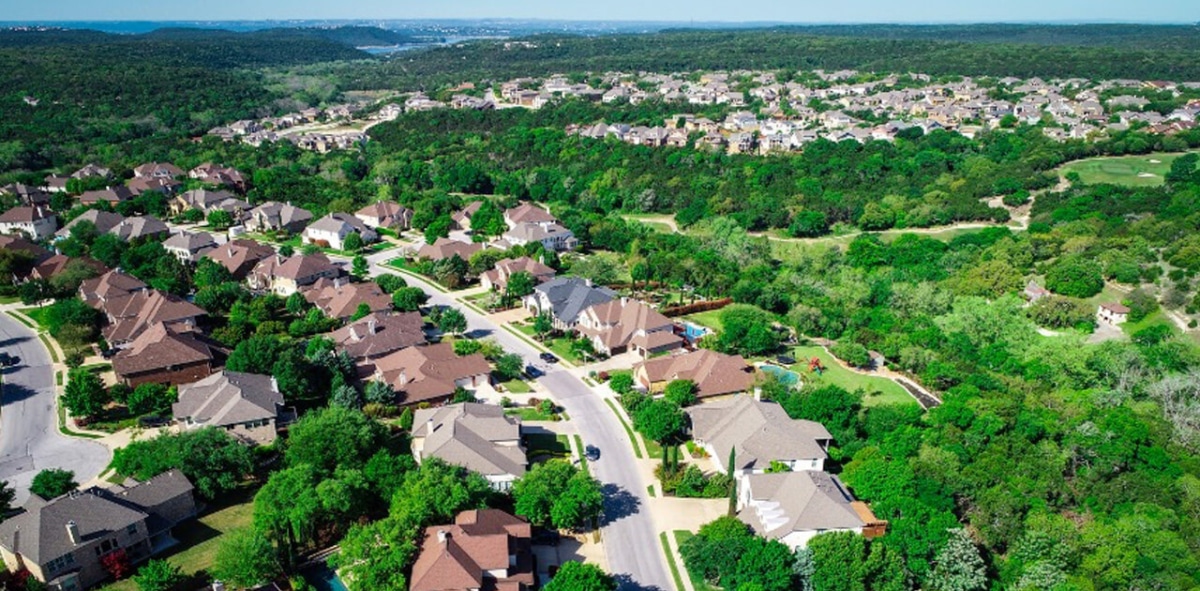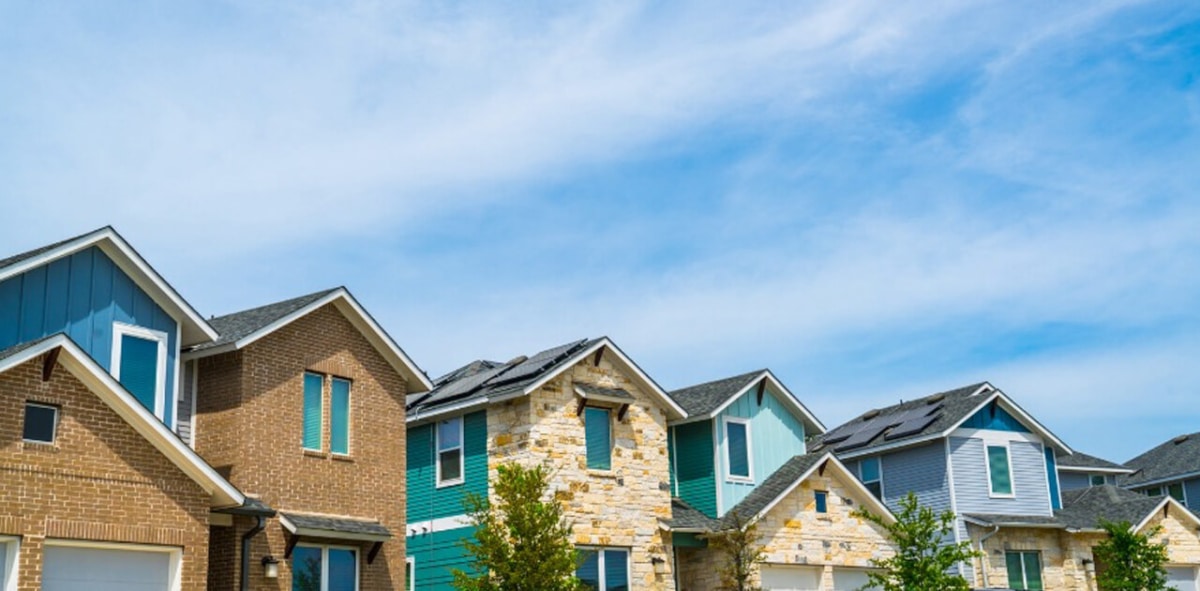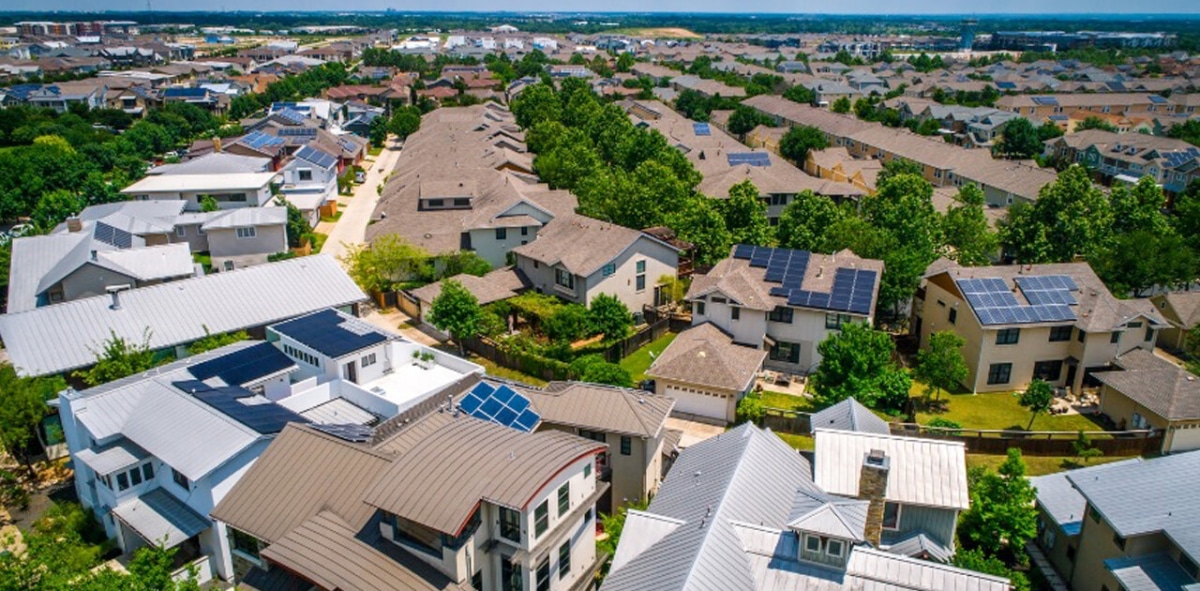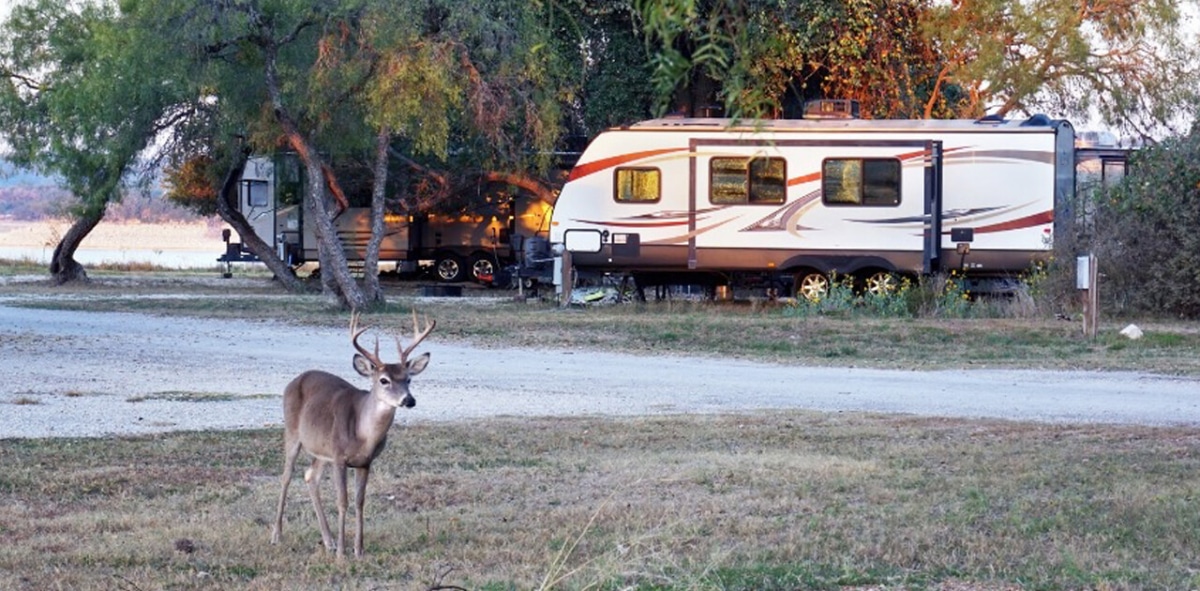5 Things You Probably Didn’t Know About Austin Suburbs | Facts You May Not Know About Austin Suburbs
One of the questions people always ask me is, where should I live? I help many folks move to Austin who have never been here. Maybe they’ve never been to Texas or been here once or twice for work. It’s hard to get a good feel for the suburbs and what’s happening outside the city when you don’t live here. So, if you’re considering moving to Austin or one of the suburbs, here’s what you need to know before you dive deep. If you want to go deep into any of the suburbs, I’ve got blog posts and videos about every place you can think of: Georgetown, Round Rock, Cedar Park, Hutto, Lakeway, and more.
Every Austin Suburb is Different
Here are five things no one tells you about living in the Austin suburbs. One, each suburb is different. So, many people who contact me about moving to Austin and living in a suburb ask if they’re the same or if they should look in all of the suburbs and pick a house they like the best. And the answer is no. Each suburb is different.
They all have their own character and personality and things like that. So, some suburbs like Hutto and Kyle definitely give off more of a rural feel. Others, like Cedar Park and Round Rock, give off a high growth and up-and-coming vibe, especially Leander.
Leander is somewhere between rural and high growth because it’s in the middle of growing. So right now, if you’re driving through Leander, there are a lot of communities, lots of new construction going on, but in between those communities, it is very rural. There’s farmland, there’s cows out here.
I had a family come in from California once, and they were driving from the airport, which is downtown, up north through Austin, Cedar Park, and even through Leander until they got to the new construction areas. They were not expecting what they saw. They were like, where are we? How far did we drive to get here?
This is because we went from the big metropolis into just farmland, longhorns, cotton fields, etc. Leander is a mix of both because it’s currently going through their growth phase. It is still rural in some areas, but there’s so much construction that it’s growing into a big metropolis and a significant growth area.
Leander is going to be booming in the next few years. There are a handful of live work play developments in the works. So they’re coming, but it’s just a bedroom community today. Some suburbs have more outdoor activities, and some don’t have as many. Some are smaller, and some are bigger. All the areas that we’re going to be talking about are very different.
It would be best if you thought about what is important to you. Please list your priorities, discuss them with a realtor, and ensure that you are matched up to live in the neighborhood that will meet your needs.
Here are some of the questions I ask my clients when deciding where to live. Where will you be working? Are you going to be working from home or from the office? And if it’s from the office, how frequently will you have to go in, and how long of a commute are you comfortable with?
Many folks are moving out to Austin from California or New York, and they’re used to this hours-long commute. And they tell me this. They say, “Oh, we’re used to driving one and a half; two hours is no big deal.” Right, but we’re trying to get away from that life.
There’s a reason you’re leaving that, and you’re moving to Austin. What is your ideal commute? What kind of commute are you comfortable with, where you can still live the kind of life that you want?
Also, what do you like to do? What’s important to you to live close to? If you want to be in the mix and feel the city’s vibe, you’ll want to live in the city center or anywhere within 20 to 25 minutes. If it takes any longer than that, the drive will keep you from going into the city and doing the things you want to do.
Also, what are your hobbies? Do you like hiking or swimming? Do you want to go to the new restaurants? Do you want to go to the theater? What kind of lifestyle do you want to live when you move out to Austin?
And then, are schools important to you? This is not just for folks who have kids. Yes, folks with kids who go to public schools will obviously want to be very selective about the school areas they’re living in.
But school districts and their performance can significantly impact the appreciation of your home over the years. Now, this is more true in the suburbs. I’ve said in a couple other blog posts that this is a general rule of thumb, and it is primarily true in the areas we’re talking about, like Cedar Park, Round Rock, Georgetown, and Pflugerville.
Generally, the more expensive the houses are, the better the school district performs. Right or wrong, that’s just a correlation that’s out there.
So one area that this is not really the case, which is really funny, is Austin proper. So, in the city of Austin, where houses are most expensive per square foot, the schools in those districts are not performing as well as the ones in the suburbs.
I use greatschools.org when we’re talking about school performance, school ratings, and things like that. Please check that out so you can see what’s going on in these neighborhoods that I like. And you can see for yourself what the schools’ results are and if that’s something you’re interested in.
So the last question is the price. And this will play a big role in deciding to buy a home. We’re going to talk about that next, but know that if you want to live in this city and be in the middle of the mix and the hustle and bustle, to have easy access to the restaurants and the new bars and all that stuff, the shopping, like the stuff that you’re moving to Austin for, you can have it. Still, there is a price tag associated with it.
Suburbs are Cheaper, Most of the Time
So, the number two thing to know is that the suburbs can be cheaper than in Austin, but not always. The further away you get from Austin, the more affordable the homes become. And this is true mainly, but not in every case.
Home prices can vary widely from suburb to suburb depending on many factors. For example, Lakeway has a lot of lakefront homes with beautiful views, and it’s farther out than other areas and suburbs. But that area is very affluent, and homes run into the millions and then tens of millions in Lakeway. This has some of the highest-priced homes in the Austin area and one of the most expensive areas.
But this city of Austin is the most expensive. When we’re talking about price per square foot, most of the homes in the city are smaller than those in Lakeway. That’s why the homes in Lakeway have an overall higher price tag.
Also, remember that pretty much all areas surrounding Austin are growing, meaning home prices are rising in these suburbs, just like in Austin.
We are in a low right now as far as the market goes. We expect the market to stabilize over the next few months, which may mean price reductions for some homes.
What we’re seeing right now is homes in Austin are taking longer on the market to sell more than four days, which is the norm we’ve had for the past two years. Right now, it’s really not uncommon to see a home on the market for one month or even two months before it goes under contract. We are still seeing multiple offers on homes. But those offers are now below the list price, which is interesting.
So a home may be on the market for two to three weeks, and then you’re making offers and thinking, oh, okay, I can negotiate. It’s listed at 600. Let’s negotiate starting at 575. Suddenly, you have two or three offers coming in, and they’re also thinking of the same thing. So, okay, we still have to be competitive, but maybe we don’t have to go 30, 40, 50, a hundred thousand above the asking price like we were a couple of years ago.
The reason for this market stabilization is the increase in interest rates. What’s happening in the market is precisely what was intended to happen to slow the market down because inflation was at 9.1%. So it’s slowed for now.
Suburban Traffic
The third thing is that the suburbs equal traffic. You might look at a map of the Austin suburbs and say to yourself, all these places are pretty close to Austin; I can get to Austin anytime. Do not be fooled. Traffic makes these suburbs a longer drive than you would anticipate.
So Austin roads were not built for the kind of traffic and the growth the city is experiencing now, which is evident anytime you try to go anywhere.
Traffic is another factor you must consider when buying a home in the suburbs. Do I want to drive to Austin a lot? Am I okay fighting traffic to get there? How far am I willing to go? How long do I want to sit in my car? Is it 15 minutes, or is it an hour? This will help you decide if you want to live in a suburb. And if so, how far are you willing to go and travel to get downtown or the things you want to do?
The Suburbs Vs. Austin
The fourth thing is that Austin suburbs are not precisely like Austin. What I mean by that is a lot of folks move to Austin for the Keep the Austin weird vibe, the laid-back and funky feel everyone loves and thinks of when they come to Austin, basically like Willie Nelson embodied in a city.
So you might think the suburbs are the same way, but that’s only sometimes the case. Some are more laid back, some are a little bit more like Austin, but others are a little bit more conservative and a little bit more just like it could be a suburb anywhere in the country. You wouldn’t necessarily know that it’s an Austin suburb because it doesn’t really have that funk or the je ne sais quoi that Austin really has.
So, this is another thing you will need to discuss with your realtor when trying to figure out the best area. Are you looking for a funky, independent, a little bit more hippie vibe, or are you looking for a totally classic suburban feel?
Here’s my quick take on the vibe of a few suburbs that people ask me about most frequently, and these are my personal opinions. So take with that information what you will. So I get this question a lot.
Round Rock versus Cedar Park. I am partial to Cedar Park, and I have a hard time understanding why. It’s called Cedar Park for a reason. Side note: I have a blog post about why it is called Cedar Park. So check that out.
At the end of the day, there are many trees there. It’s beautiful, it’s very green. There’s a ton of cedar trees. It’s really gorgeous. There’s some beautiful topography. They’ve got hills and canyons in some areas.
Overall, Cedar Park has a more friendly and homey vibe than Round Rock does, and I wonder why.
So Lakeway, this is a general vibe that I get from Lakeway. It doesn’t apply to every neighborhood, but in general, Lakeway has a very country clubby vibe to me, and for good reason.
One, there’s a ton of country clubs there. There’s lots of golfing, there’s lots of tennis, and it is on the water. So you have a lot of boating options.
Politically, I would also say that Lakeway has a reasonably conservative vibe. There are a few pockets of Lakeway that are tucked away here and there, and they’re doing their own thing. Folks who live out there live out there specifically to not be bothered. They don’t call the police if something happens if you understand what I’m saying.
So, one of my clients bought a home in this area specifically to avoid the hustle and bustle and everything. They wanted to be close to the water but didn’t want to be in a conservative country clubby vibe.
There are definitely those little pockets out in Lakeway, which is why, in general, it gives me a country club vibe, but not every area. And this area that I’m talking about is very eclectic. It’s definitely not cookie-cutter. You’ve got everything from a trailer sitting on half an acre lot with car parts and stuff in the front yard to a beautiful brand new build that’s a million and a half, and it’s got all the latest modern contemporary fixtures and things like that. These two homes exist in the same area in Lakeway that I’m talking about.
Let’s talk about Georgetown. There are really two areas of Georgetown. One is on the historical side near downtown, and the square is near the river.
I love the old homes in this area of Georgetown. It’s beautiful. The architecture is impressive. The style is really gorgeous. You’ve got big old trees on oversized lots and just a lot of character.
One of my clients is currently buying a home in Georgetown across the street from the San Gabriel River. When we saw it, it was on a third of an acre. It’s gorgeous, and they’re just two deer chilling in the yard, just hanging out. And every time I go back to the neighborhood to check on the house, there’s deer in people’s yards.
If you like that, this is the most picturesque, amazing neighborhood. They can walk to a trail and walk by the river and stuff. Not everyone loves that, but we did. That’s one of the reasons that we bought the house. This is a totally different vibe than what you’re going to get from the new construction area that’s going on in Georgetown.
So, the other areas of Georgetown are Leander and Liberty Hill. They all mesh together, and that’s where the new construction happens. So it’s a totally different vibe. The new construction will have smaller lots, not as many large mature trees that clear the land for the most part, and put in baby trees, shrubs, and things like that when you move in.
Austin Suburbs Come in Different Sizes
Number five, Austin suburbs are all different sizes. This is excellent news for home buyers. Whatever side you’re looking for, you will find it in a suburb.
We’ve got large suburbs like Round Rock, which has about 147,000 people, all the way down to small towns like Bee Cave, with 9,000 people.
So, this is another discussion that you need to have with your realtor. Do you want a small-town feel, or do you want a place that’s exploding with growth? Are you okay without a Walmart within a five-minute drive?
So once you’ve narrowed down your choices based on your preferences, what you’re looking for and finding the right home will be much easier, less time-consuming, and less stressful. Don’t hesitate to get in touch with me for more information.
